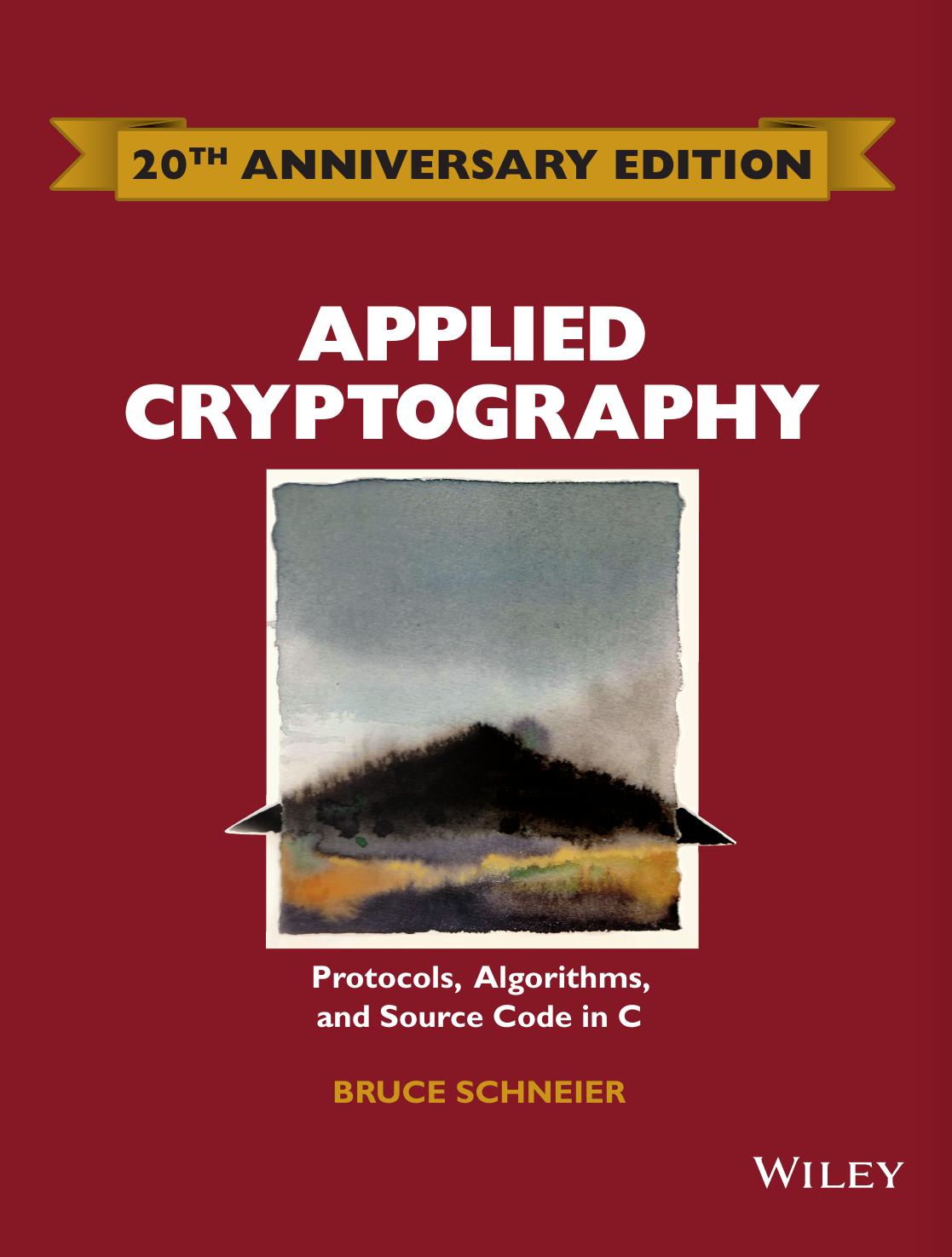

Most ebook files are in PDF format, so you can easily read them using various software such as Foxit Reader or directly on the Google Chrome browser.
Some ebook files are released by publishers in other formats such as .awz, .mobi, .epub, .fb2, etc. You may need to install specific software to read these formats on mobile/PC, such as Calibre.
Please read the tutorial at this link: https://ebookbell.com/faq
We offer FREE conversion to the popular formats you request; however, this may take some time. Therefore, right after payment, please email us, and we will try to provide the service as quickly as possible.
For some exceptional file formats or broken links (if any), please refrain from opening any disputes. Instead, email us first, and we will try to assist within a maximum of 6 hours.
EbookBell Team

5.0
98 reviewsI first wrote Applied Cryptography in 1993. Two years later, I wrote the greatly expanded second edition. At this vantage point of two decades later, it can be hard to remember how heady cryptography’s promise was back then. These were the early days of the Internet. Most of my friends had e-mail, but that was because most of my friends were techies. Few of us used the World Wide Web. There was nothing yet called electronic commerce.
Cryptography was being used by the few who cared. We could encrypt our e-mail with PGP, but mostly we didn’t. We could encrypt sensitive files, but mostly we didn’t. I don’t remember having the option of a usable full-disk encryption product, at least one that I would trust to be reliable.
What we did have were ideas—research and engineering ideas—and that was the point of Applied Cryptography. My goal in writing the book was to collect all the good ideas of academic cryptography under one cover and in a form that non-mathematicians could read and use.
What we also had, more important than ideas, was the unshakable belief that technology trumped politics. You can see it in John Perry Barlow’s 1996 “Declaration of the Independence of Cyberspace,” where he told governments, “You have no moral right to rule us, nor do you possess any methods of enforcement that we have reason to fear.” You can see it three years earlier in cypherpunk John Gilmore’s famous quote: “The Net interprets censorship as damage and routes around it.” You can see it in the pages of Applied Cryptography. The first paragraph of the Preface, which I wrote in 1993, says, “There are two kinds of cryptography in this world: cryptography that will stop your kid sister from reading your files, and cryptography that will stop major governments from reading your files. This book is about the latter.”